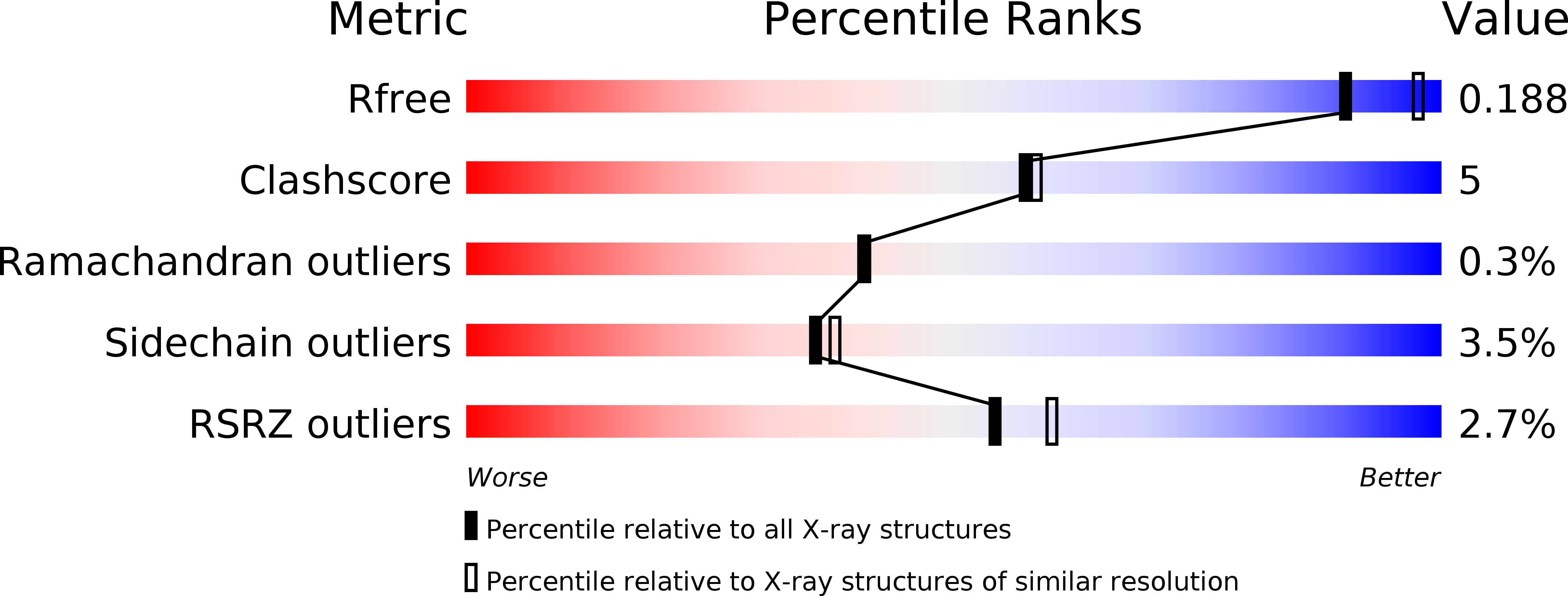
Deposition Date
1997-10-16
Release Date
1999-05-11
Last Version Date
2024-10-30
Method Details:
Experimental Method:
Resolution:
2.10 Å
R-Value Free:
0.22
R-Value Work:
0.17
R-Value Observed:
0.17
Space Group:
P 1 21 1


